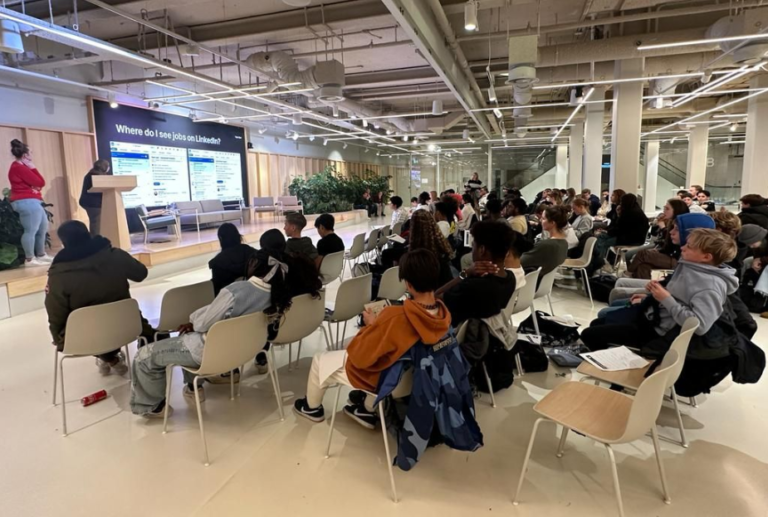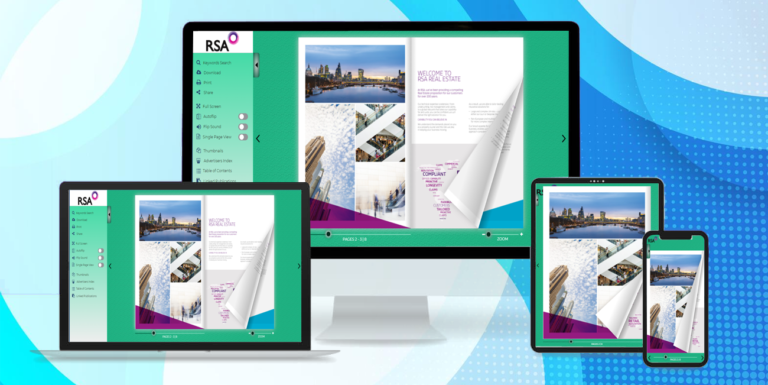Heading towards a new and creative way of learning.
We know that the world is now in a new age of technology. This means that social, political, and economic aspects are all connected. Since the world today is more complicated than before, we need new and creative education systems to keep up with its changing needs.
The big problems we face around the world—like climate change, not having enough food, pandemics, natural disasters, and conflicts—are really serious. And young people need to be ready to deal with them. That means they need to learn not just the basics of science, math, technology, and language, but also how to use that knowledge in tough situations.
During the Covid-19 pandemic, schools had to close, and many students fell behind in their studies. Then, in September 2022, there were huge floods in Pakistan that showed us just how weak our systems are. We need to make our education system better so that even during crises like these, kids can keep learning well. It’s time to think about and improve how we provide education in Pakistan, so that it stays useful and helps our kids do well in the world. We have to take important steps to make sure we meet our promises to educate our children, like the Sustainable Development Goal 4 (SDG 4).
Around 26.2 million kids in Pakistan are not going to school. Most of them can’t read well by the time they’re 10. This is worse than the global average where most people aged 15 and above can read.
The government is trying hard to make education better. They’re working with different groups like other governments, companies, and organizations. They’re doing things like making better books for kids, building more classrooms, and setting up places for kids to learn outside of school.
They’re also doing things to help kids who can’t go to school right now, like giving them access to learning online. They’re even improving schools by adding technology and offering extra training for teachers.
They’ve already helped a lot of kids get back to learning. They’ve set up a big fund to help kids who can’t go to school. They’re also working on making sure all kids learn the basics, like reading and math.
They’re testing how well kids are learning and using that information to make things better. They’re also making it easier for everyone to see how well kids are doing in school.
Additionally, the government has created a plan for distance education across the country. This plan includes a new app called OTT TeleSchool, which provides learning materials for students of all grades, whether they attend regular school or not. It also includes special programs for kids who are not currently in school. Another online platform called E-Taleem will soon be available, offering educational resources for all children, no matter where they live.
Furthermore, the government is working on a plan called Digital and Innovation in Education Framework. This plan aims to improve education in Pakistan by introducing new ideas and technology.
Recently, schools managed by the Ministry of Federal Education and Professional Training (MoFEPT) have been getting upgrades. They’re getting new facilities, labs, and computers. They’re also introducing blended learning, smart classrooms, and after-school online tutoring.
To help teachers improve their skills, the government is running training programs. These programs are well-structured and include mentoring. They’re starting in the Federal Directorate of Education and will expand to other areas soon.
In Islamabad, a program called Net ZERO OOSC Initiative has been successful in getting more than 71,500 out-of-school children back into education in just four months.
The government, along with the Ministry of Planning and Development, has set up a fund of RS25 billion to help out-of-school children. This fund aims to support programs that bring these children into the education system.
To tackle the problem of low learning levels, the government has launched the Pakistan Foundational Learning Hub. This initiative brings together different groups to work on improving basic literacy skills in Pakistan.
Recently, the government has been conducting tests to see how well students are learning. These tests include the National Achievement Test (NAT), the Trends in International Mathematics and Science Study (TIMSS), and the Literacy and Numeracy Assessment (LaNA). The results of these tests will help the government make better education policies.
Additionally, a National Data Standardisation Framework has been approved, and a National Open Data Portal is being developed to make it easier to share information about education in Pakistan.







